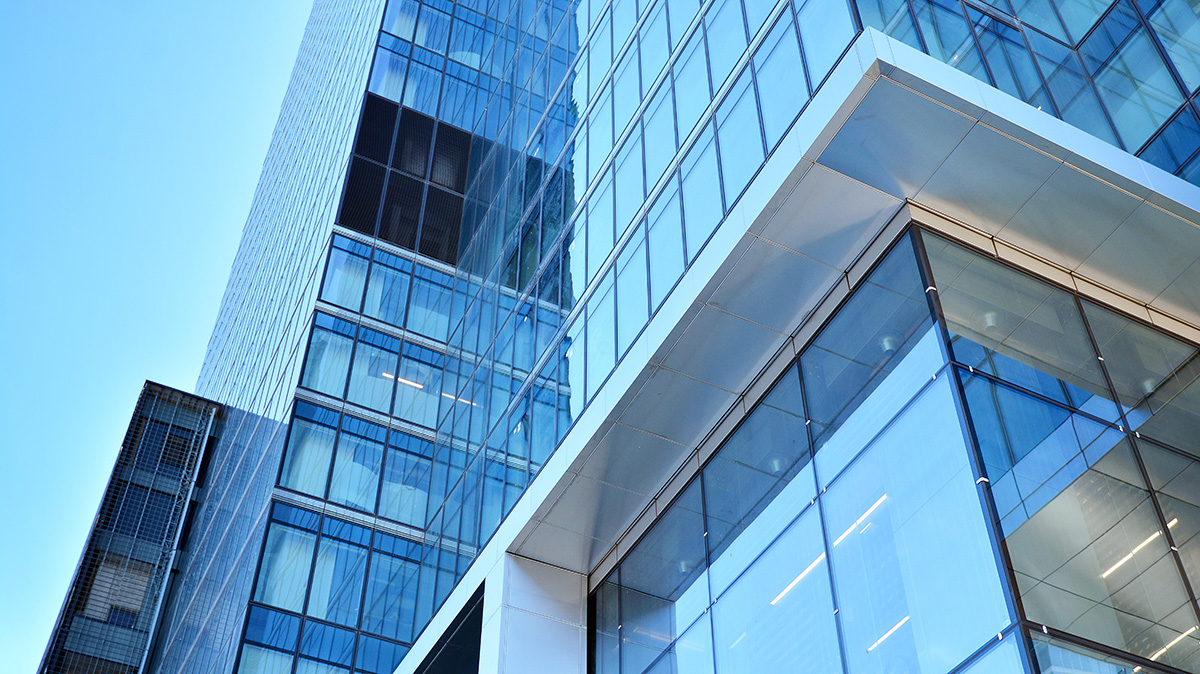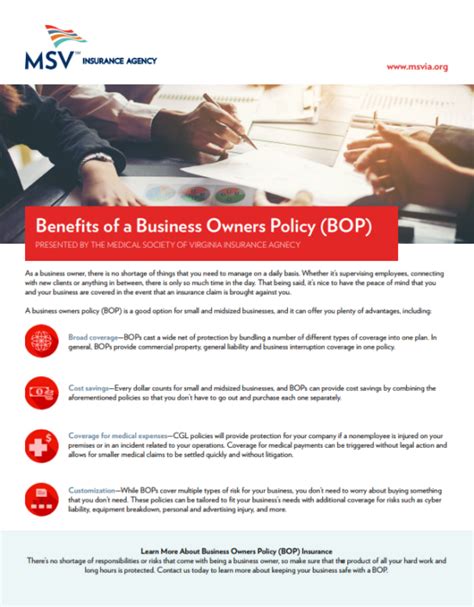Insurance On A Commercial Building

Introduction

Commercial buildings are the backbone of many businesses, housing offices, retail spaces, warehouses, and more. Ensuring these assets are adequately insured is crucial for business owners and investors. This article aims to provide an in-depth guide to understanding and navigating the complex world of insurance for commercial buildings, offering insights and strategies to protect your investments.
Understanding the Risks and Coverage Options

Common Risks Associated with Commercial Properties
Property Damage: Fire, storms, and natural disasters can cause extensive damage, leading to costly repairs or even complete rebuilding.
Liability Claims: Injuries or accidents on the premises can result in liability lawsuits, especially in high-traffic areas or with vulnerable populations.
Business Interruption: Events like fires or severe weather can disrupt operations, leading to lost revenue and increased expenses.
Theft and Vandalism: Commercial properties are susceptible to theft, burglary, and vandalism, which can cause financial losses and damage to reputation.
Cyber Risks: With increasing reliance on technology, cyberattacks and data breaches pose a significant threat to businesses, impacting operations and customer trust.
Tailored Insurance Coverage Options
Property Insurance: This coverage protects the physical structure and its contents, including fixtures, machinery, and inventory. It typically covers damage from fire, storms, and other specified perils.
Liability Insurance: Protects the business against claims arising from injuries or property damage on the premises. It can cover legal fees, settlements, and compensation for victims.
Business Interruption Insurance: Provides financial support during periods when the business is unable to operate due to insured events. It covers lost income and ongoing expenses, helping businesses weather the storm.
Inland Marine Insurance: Ideal for businesses with unique property needs, such as contractors, this coverage insures tools, equipment, and supplies at various job sites.
Cyber Insurance: As cyber threats evolve, this coverage protects businesses from financial losses due to data breaches, hacking, and other digital risks. It can include liability protection, data recovery, and crisis management services.
The Insurance Application and Underwriting Process
Gathering Information for the Application
Property Details: Accurate descriptions of the building’s age, construction materials, square footage, and any unique features are essential.
Occupancy and Usage: The intended use of the building, such as office space, retail, or manufacturing, can impact insurance rates and coverage options.
Safety Features: Fire suppression systems, security alarms, and other safety measures can lower insurance premiums.
Claim History: Providing a detailed record of any previous insurance claims helps underwriters assess risk accurately.
Financial Information: For larger commercial properties, financial statements and business plans may be requested to evaluate the business’s stability and potential for growth.
The Underwriting Process
Risk Assessment: Underwriters evaluate the information provided to assess the likelihood and potential impact of various risks.
Policy Terms and Premiums: Based on the risk assessment, underwriters determine the policy terms, including coverage limits, deductibles, and premiums.
Policy Endorsements: In some cases, additional endorsements or riders may be added to the policy to provide more specific coverage, such as earthquake or flood insurance.
Negotiation and Approval: The insurance company and the business owner may negotiate policy terms, and once agreed upon, the policy is issued.
Managing and Reviewing Your Commercial Insurance Policy
Regular Policy Reviews
Annual Reviews: Schedule annual reviews to ensure your policy remains up-to-date and aligns with any changes in your business operations or the property itself.
After Significant Events: Review your policy following major changes, such as renovations, business expansions, or significant claims.
Policy Limits and Deductibles: Ensure your coverage limits are sufficient to cover potential losses and that your deductibles are manageable in the event of a claim.
Managing Claims and Preventative Measures
Reporting Claims: Promptly report any incidents that may result in a claim, following the insurance company’s guidelines for notification.
Documentation: Maintain thorough records and documentation of any losses or damages, including photos and estimates, to support your claim.
Preventative Maintenance: Regular maintenance and safety inspections can reduce the likelihood of accidents and property damage, lowering insurance costs and minimizing disruptions.
Safety Training: Provide training to employees on safety protocols and emergency procedures to minimize the risk of accidents and injuries.
The Future of Commercial Building Insurance

As the business landscape evolves, so too does the insurance industry. Here are some key trends and considerations for the future of commercial building insurance:
Embracing Technology
Digital Transformation: Insurance companies are increasingly adopting digital tools and platforms to streamline the application and claims process, enhancing efficiency and customer experience.
Telematics and Sensors: Advanced sensors and telematics can provide real-time data on building conditions, enabling more accurate risk assessment and potentially reducing premiums for well-maintained properties.
Addressing Emerging Risks
Climate Change and Extreme Weather: With increasing frequency and severity of natural disasters, insurance companies are developing new products and strategies to address these risks, including flood and earthquake coverage.
Cybersecurity: As cyber threats become more sophisticated, insurance providers are partnering with cybersecurity firms to offer comprehensive protection and response plans for businesses.
Tailored Coverage for Unique Businesses
Specialty Insurance: The rise of niche industries and unique business models has led to the development of specialized insurance products, such as coverage for co-working spaces, tech startups, and renewable energy projects.
Flexibility and Customization: Insurance providers are offering more flexible policies that can be tailored to the specific needs of each business, ensuring comprehensive protection without unnecessary costs.
Conclusion
Navigating commercial building insurance requires a thorough understanding of the risks and coverage options available. By staying informed, regularly reviewing your policy, and taking proactive measures to mitigate risks, you can protect your business and ensure its long-term success. As the insurance landscape continues to evolve, businesses must adapt and embrace new technologies and strategies to stay ahead of emerging risks.
What is the average cost of commercial building insurance?
+The cost of commercial building insurance varies widely based on factors such as the location, size, and usage of the building, as well as the specific coverage options chosen. On average, businesses can expect to pay between 0.25% and 5% of the building’s replacement value annually. For example, a 1 million building might have an annual premium ranging from 2,500 to $50,000.
How often should I review my commercial insurance policy?
+It’s recommended to review your policy annually, or more frequently if your business undergoes significant changes or expansions. Regular reviews ensure your coverage remains adequate and aligned with your business needs.
What steps can I take to reduce my commercial insurance premiums?
+To lower premiums, consider implementing safety measures such as fire suppression systems, security alarms, and regular maintenance. Additionally, keeping a clean claim history and negotiating with your insurance provider can lead to more favorable rates.



